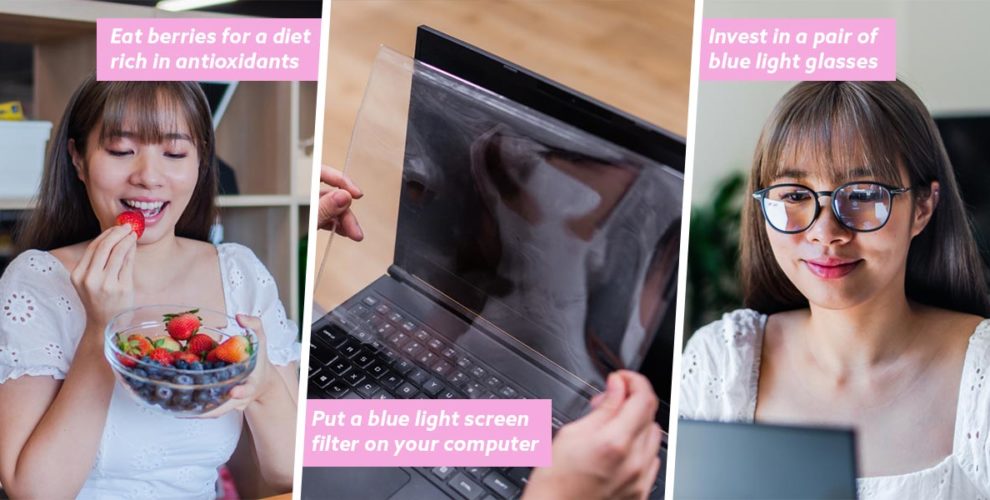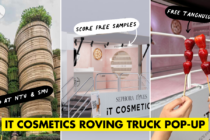Dull Skin Prevention
Most of us will know about the typical skincare golden rules. Avoid overexposure to sun, don’t touch your face with dirty hands – you’ve probably heard them all before. But you might find yourself falling short of that K-drama level bright and clear skin even if you’re doing everything right. Well, the real boon in your skincare dreams might be something you wouldn’t have thought of: the hours spent staring at the screen.
Blue light and digital free radicals emitted from our digital devices can cause some serious cumulative damage. These nasty effects include skin aging, hyperpigmentation and breakdown of collagen which eventually lead to dull and stressed skin. Basically, screens can be silent killers for your face.
As our lives become more rooted in technology, we will naturally be spending longer hours in front of the screen. Now that you’ve been initiated to the skincare risks associated with digital devices, here are 7 low-effort tips to prevent skin dulling.
1. Lower the brightness of your screen or set it to night-mode

This first tip is something you might be doing already. Many of us millennials and Gen Zs tend to keep our screen brightness low, be it on our phone or computers, often to the chagrin of boomers. Now, aside from preventing strangers from peeking at our devices on public transport, there’s another excuse for it. It’s simple – lower screen brightness equals lower blue light emission.
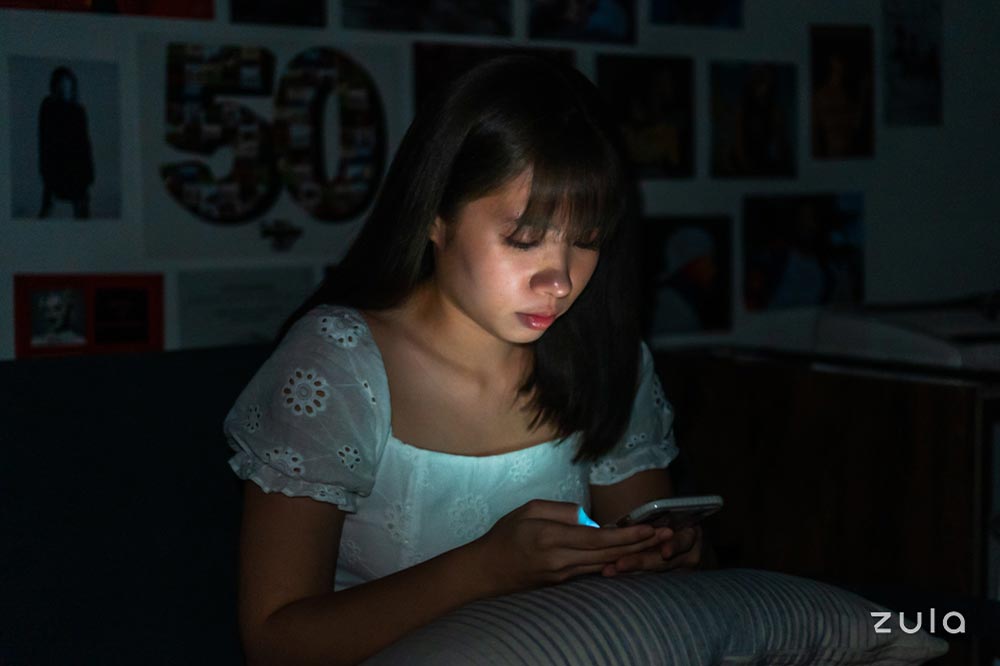
Alternatively, most devices these days are equipped with a night mode option. This nifty setting gives your screen a warmer tone thereby reducing blue light emission. Not only will you receive less skin damage, it’ll also minimise disruption to your circadian rhythm aka your sleep-wake cycle.
2. Make use of a blue light screen shield for your gadgets
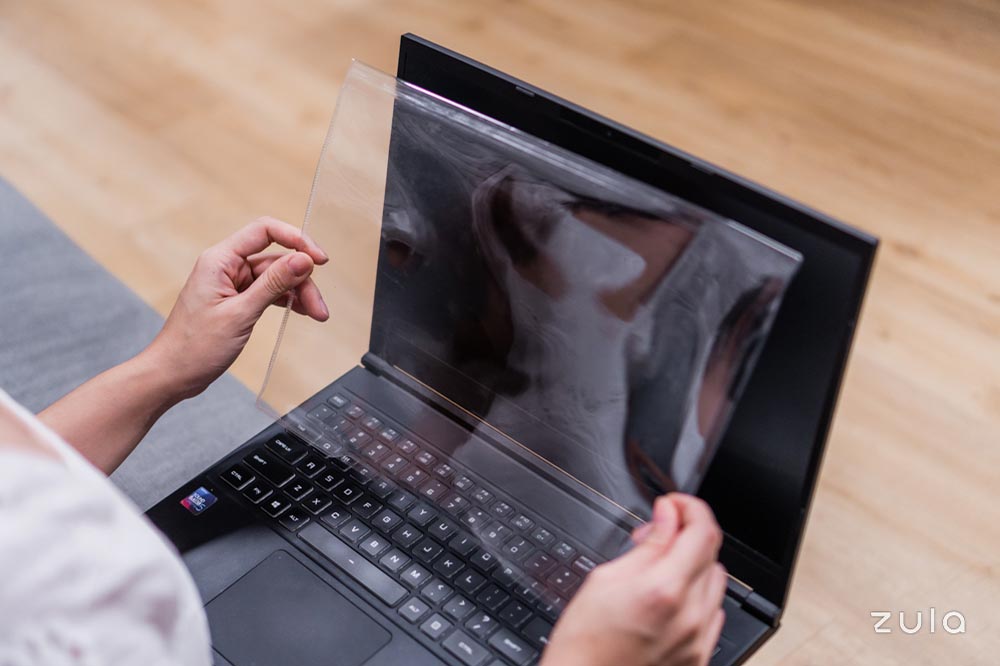
What is a blue light screen shield, you ask? A regular screen protector for your phone and computer basically, but with an added blue light-filtering property. Shops and retailers selling screen protectors will usually stock blue light-shielding options so finding one won’t be a difficult task either.
3. Invest in a pair of blue light blocking glasses

You can double down on the protection by investing in a pair of blue light blocking glasses. While they don’t cover your whole face, such glasses do a good job in shielding your under-eye area from blue light damage.
Reduced blue light exposure can minimise disruption to your circadian rhythm. This means a pair of blue-light glasses can help you sleep better at night. Studies show that sleep is important for skin repair, so a good night’s rest can do wonders for your face too.
4. Set regular reminders to take breaks from the screen
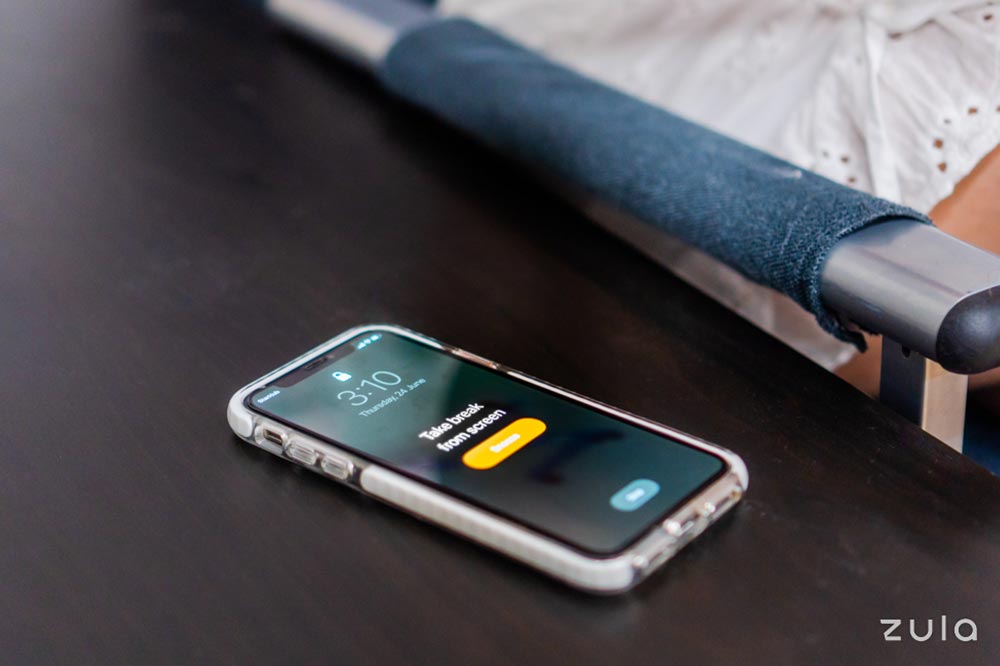
“Don’t stare at the screen all day, take a break”. Our schools have said it, our parents have nagged us about it. HPB has probably warned us too. All this for good reason.
Apart from being great for your eyesight, your skin will thank you for shutting off from the screen. Setting reminders is an easy way to cultivate the habit of periodically taking a break from devices, reducing long-term exposure to blue light emission.
One simple practice you can follow is the 20-20-20 rule. It goes like this: look away at an object 20 feet (~6M) away for 20 seconds, every 20 minutes.
5. Stay hydrated and wash your face regularly to prevent dryness
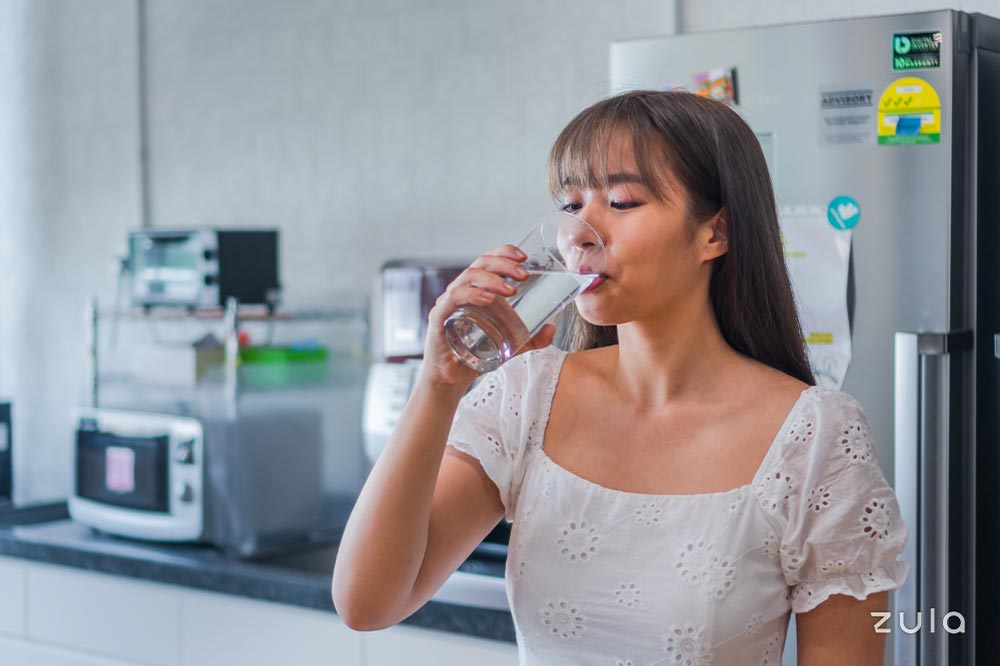
Blue light emission is one thing, but heat radiating from screens can be a real pain as well. Exposure to heat generated by devices can cause skin dryness, especially if your face is in close proximity to the screen. Staying hydrated throughout the day however, helps to alleviate this problem.
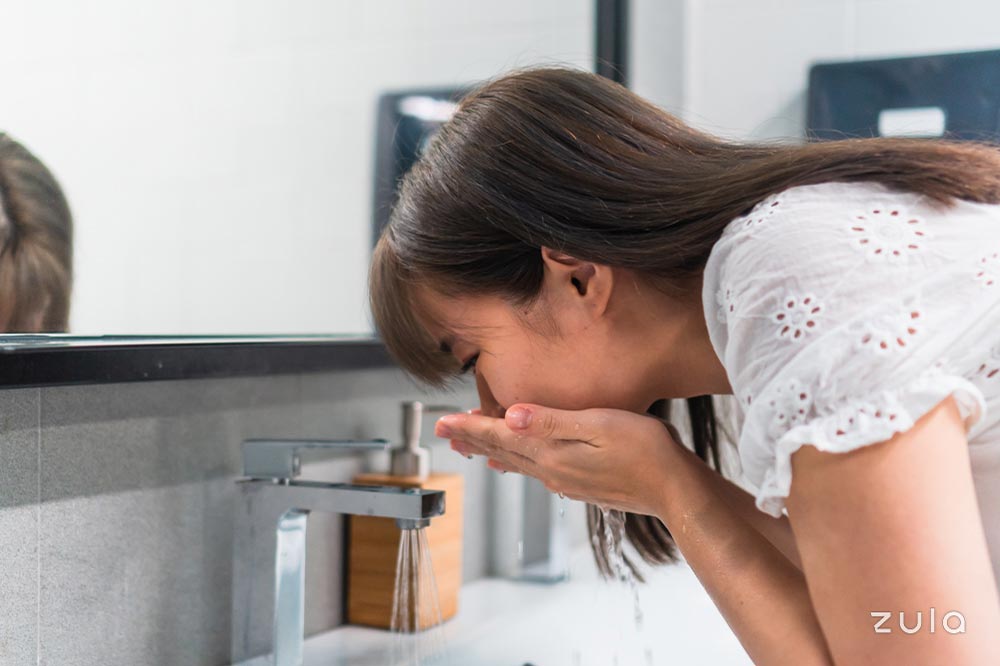
Be sure to wash your face once you’re done using your gadgets. This act can help to rid your face of free radicals that have accumulated in your skin.
For the uninitiated, free radicals are unstable molecules that can result in a phenomenon called oxidative stress. This essentially means skin cells are damaged by free radicals. Overtime, it can result in accelerated aging of the skin. *Shudders*
6. Eat more foods rich with antioxidants like blueberries and strawberries
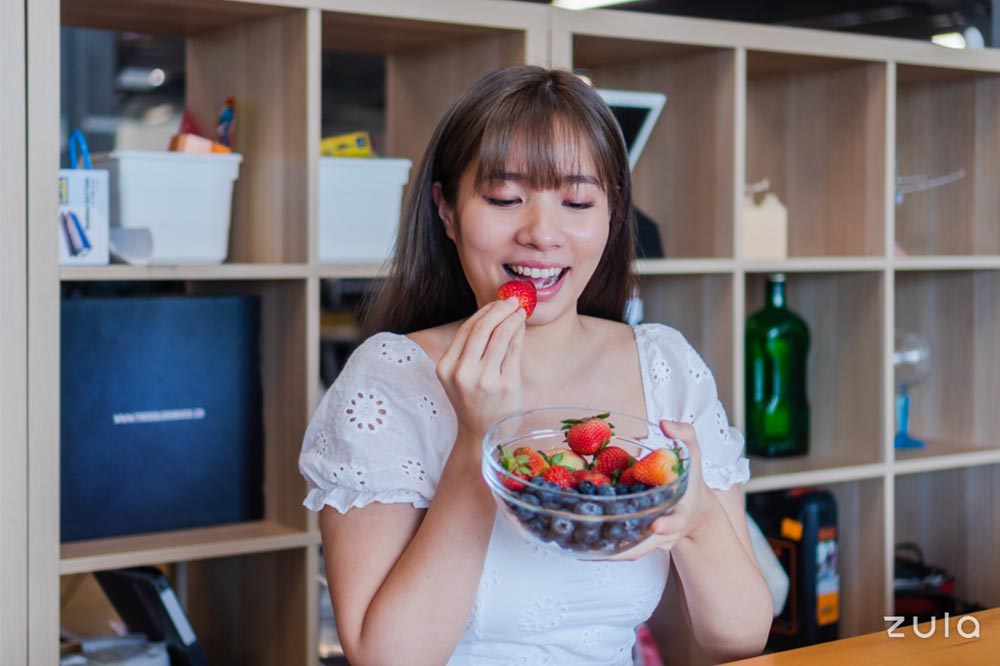
We’ve established that free radicals are bad for your skin, but don’t fret, there’s an easy way to counter them – a diet rich in antioxidants. Antioxidants combat the effects of free radicals by inhibiting the oxidation process of skin cells. Think of it like a tug of war game between the two.
Berries are a common source of antioxidants so go ahead and whack all the Boost smoothies you want. Or, if fruits aren’t your cup of tea, you can opt for dark chocolate and even Vitamin C supplements for your dose of antioxidants.
7. Use skincare products with antioxidant properties
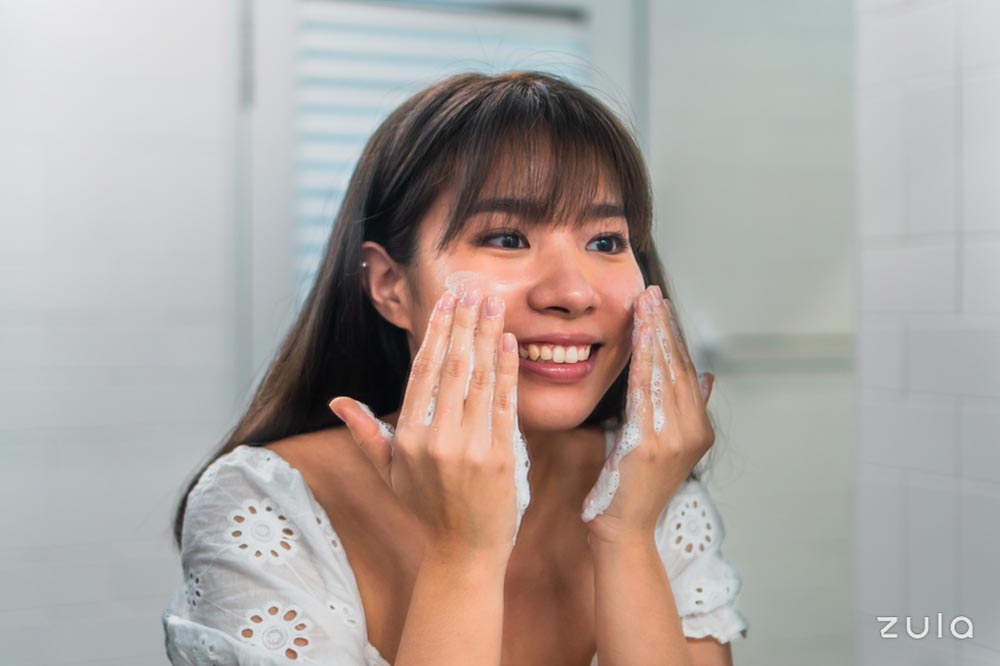
In addition to diet, you can get your antioxidant face fix by slathering them directly on your pores. Keep a lookout for skincare products, like NIVEA’s Hokkaido Rose range, that are specially formulated with antioxidant properties.
By incorporating antioxidants into your skincare routines, you’ll see a whole host of long-term benefits. For one, they deeply cleanse and detoxify your skin, helping it stay radiant with a healthy glow.
NIVEA Hokkaido Rose Skincare Range
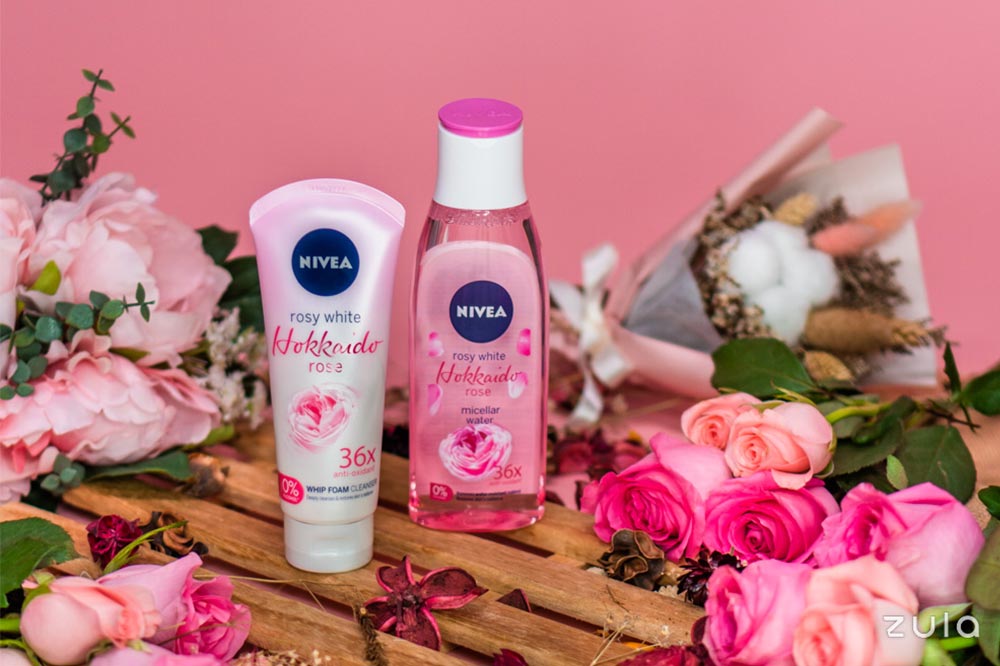
In this digital age, it’s hard to avoid spending long hours in front of the screen, no matter what industry you’re in. That’s why it’s imperative to mitigate any damage caused by gadgets lest we face a lifetime of dull and stressed skin.
One way to do so is by maintaining a solid skincare routine. If you want to supplement your typical regimen with antioxidant-rich products to combat pesky blue light and damaging radicals, look no further than NIVEA’s Hokkaido Rose range.
NIVEA Hokkaido Rose Whip Foam
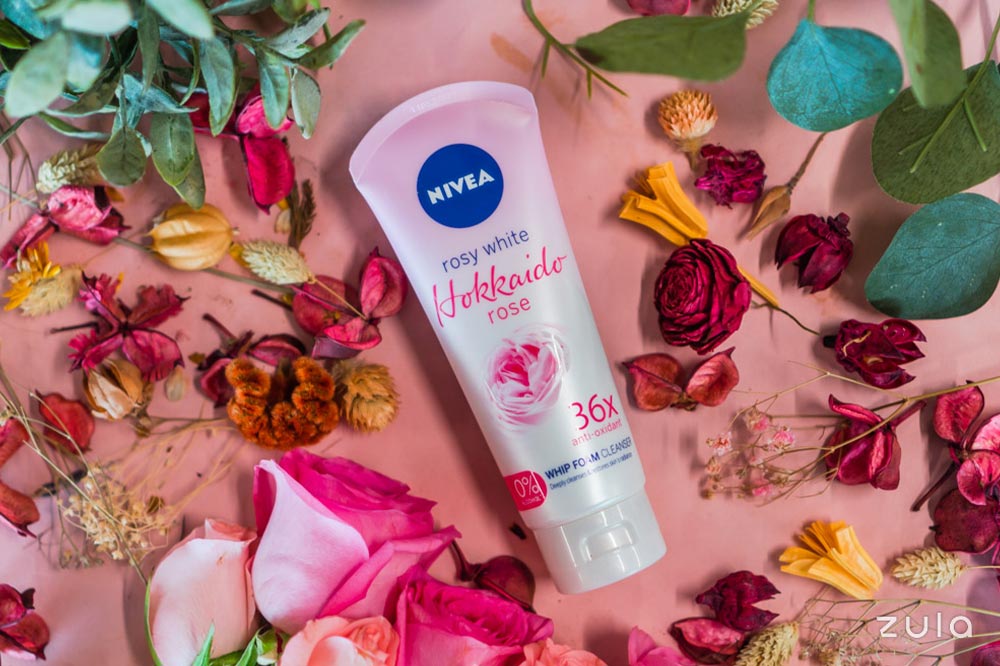
Every good skincare routine begins with a quality face wash, and NIVEA’s Hokkaido Rose Whip Foam Cleanser ($10.90) is a prime choice.
The cleanser is formulated with a special Alba Rose extract from Hokkaido, granting it 36x antioxidant properties. This effectively gives you a digital detox, protecting your skin from blue light and oxidative stress of free radicals after long stretches perched in front of the screen.
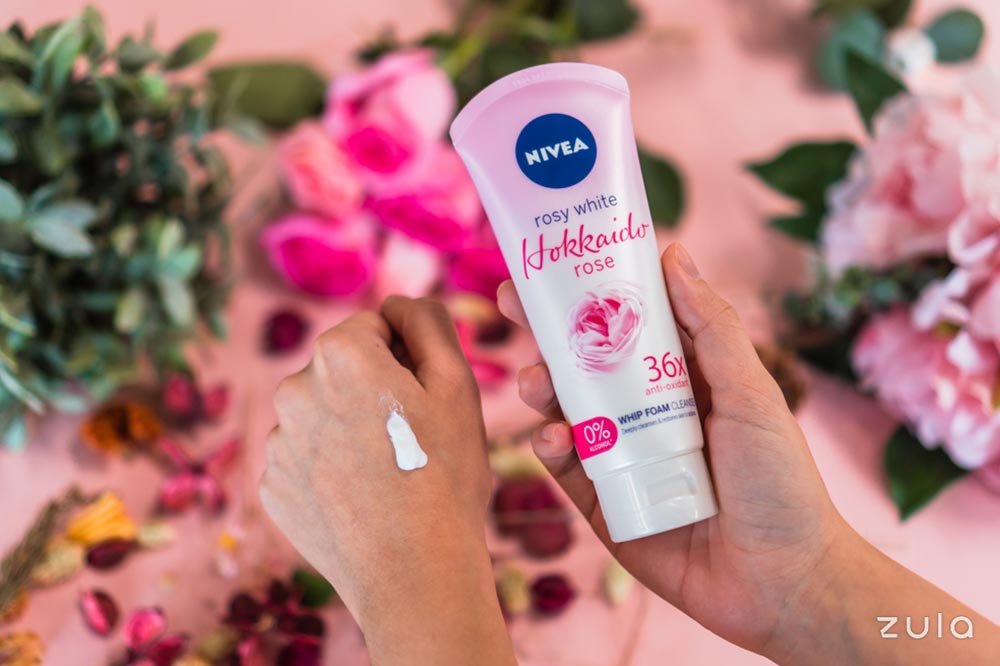
If you’re thinking, “my skin is already dull, damage has been done”, the NIVEA Hokkaido Rose Whip Foam cleanser has your back. Or rather, face.
By deeply cleansing dirt, pollutants and makeup residue, daily use of this cleanser will really get the job done. You’ll notice that your skin will be brighter and more radiant, bringing you one step closer to the glow-up of your dreams.
NIVEA Hokkaido Rose Micellar Water
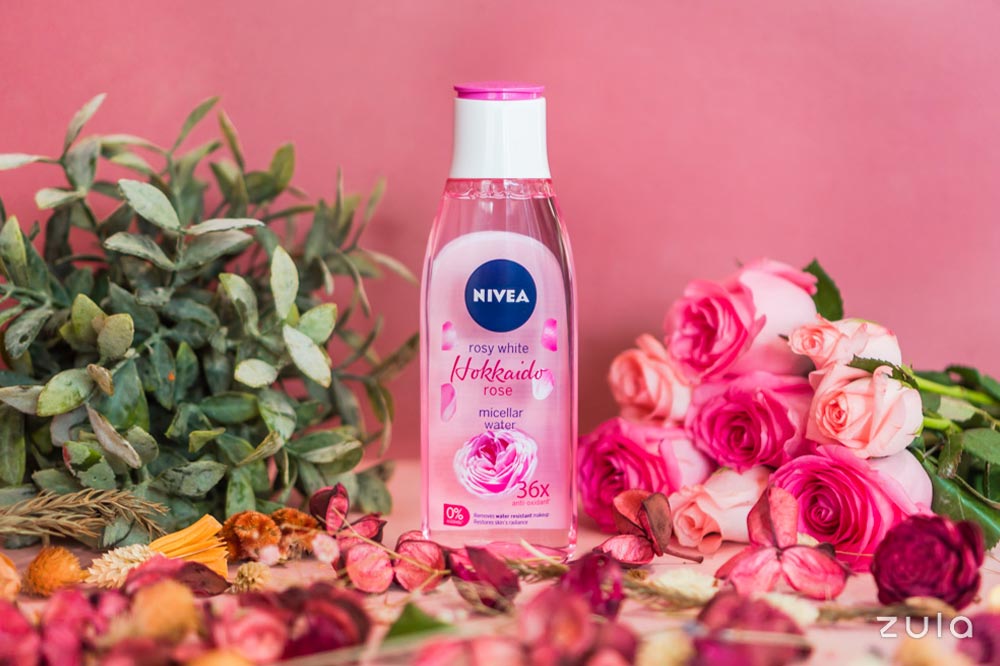
Of course, no amount of skincare products will work if your face is all clogged up with makeup. After a long day out, make use of the NIVEA Hokkaido Rose Micellar Water ($9.90) to prep your skin for its nightly ritual.
Formulated with micelles (molecules with oil and water-attracting properties), the solution, like a magnet, catches impurities, pollutants and make-up, ridding your skin of them. What you’ll be left with is skin that feels fresh, clean and breathes better.
Even if you don’t use make-up, NIVEA’s Hokkaido Rose Micellar Water can serve you well. It functions as a 1-step cleanser that cleanses and hydrates your skin at the same time.
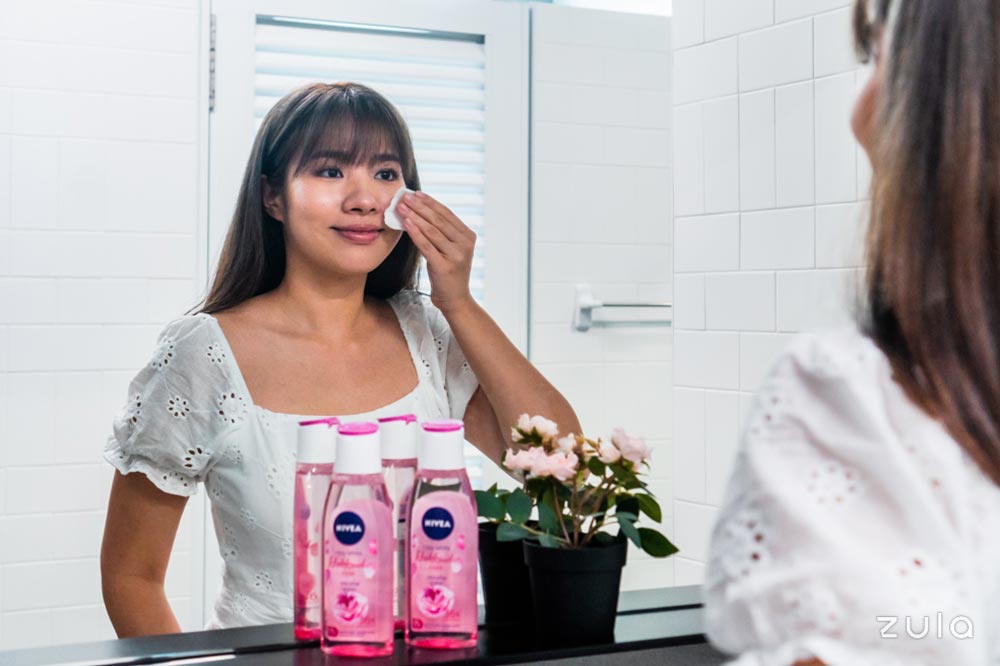
NIVEA’s Hokkaido Rose Micellar Water contains the same Alba Rose extract from Hokkaido. With it’s 36x antioxidant properties, you’ll be able to combat damage from screens while making your skin feel refreshed.
Turn To NIVEA’s Hokkaido Rose Range To Combat Dull Skin Caused By Screens
Working with digital devices is an unavoidable part of living in today’s world. This means skin damage from blue light and free radical emissions are inevitable. Look to NIVEA’s Hokkaido Rose Range for your source of antioxidants to combat accelerated aging and to keep your skin looking bright.
The NIVEA Hokkaido Rose Range is available on NIVEA’s LazMall, ShopeeMall and select retailers such as Watsons, Guardian & Fairprice.
Find out more about NIVEA’s Hokkaido Rose Range here!
This post was brought to you by NIVEA.
Photography by Chan Hui Wen.

